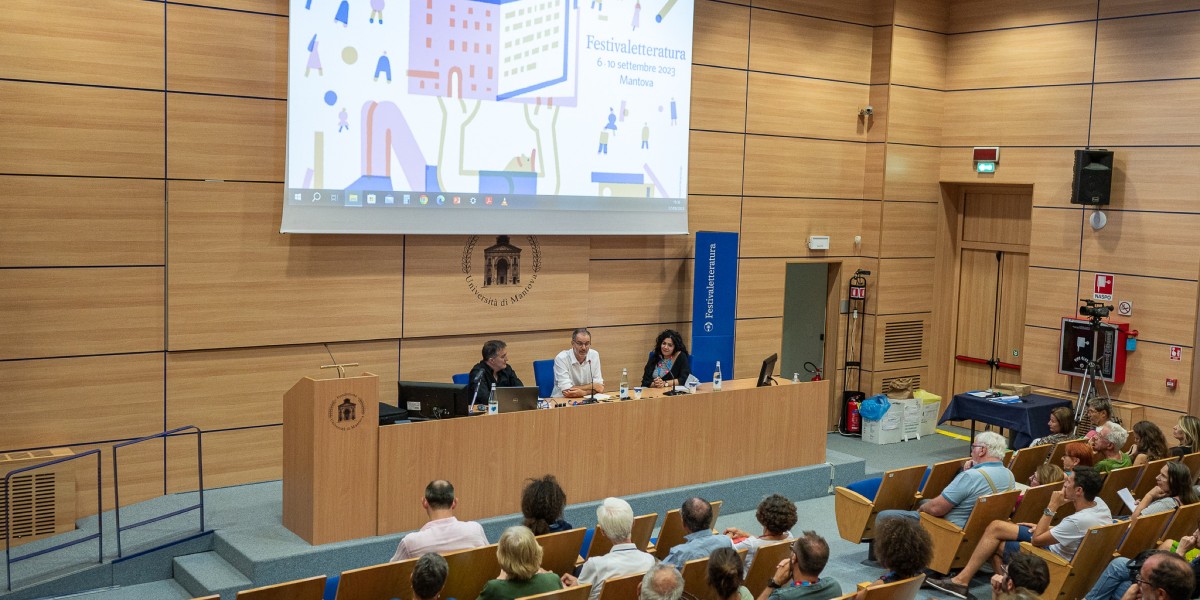
Touring Tunis from afar
Cities, both real and unreal, are featured in the Città Mondo (World Cities) series at Festivaletteratura. In today's event, Italian-Tunisian architect and professor Karim Chaabane, and Italian Tunisian journalist/activist Leila Belhadj Mohamed offered glimpses into the material and social fabric of the city of Tunis.
Tunis holds a position of prominence in the Arab world, being the first independent capital city of North Africa and the city that ignited the Arab Spring in 2011. The epicentre of the 2011 protests resided on Avenue Bourghiba, an emblematic thoroughfare that links the Christian cathedral, the National Theatre, the French embassy, and the Ministry of the Interior. Twelve years and a regime change later, demonstrations still take place almost every weekend. As Belhadj Mohamed remarks, "The protests on Avenue Bourghiba are somewhat 'privileged'; they do not face the same level of repression by the regime as those occurring in the economically disadvantaged suburbs."
Our virtual expedition takes us to Mornag, a disadvantaged neighbourhood on the South Eastern edge of the city, where Chaabane orchestrated the transformation of a deconsecrated Catholic church into a cultural hub. Returning to the city centre, we delve into cutting edge urban development initiatives in Berges de Lac, an opulent residential enclave funded by Saudi investments. Lastly, our journey transports us to the historic heart of the city, the Medina. After years of depopulation, the Medina is experiencing a resurgence, teetering on the delicate balance between cultural rejuvenation and the encroachment of tourism-driven gentrification.
As astutely noted by Camillo Magni, Professor at Politecnico di Milano, for the typical Italian observer, Tunis presents itself as a curious juxtaposition of distance and proximity. Italian is spoken on the streets of La Goulette, a coastal district of Tunis, while Tunisian Arabic echoes through certain alleys of Mazara del Vallo, in Sicily. Rome and Mantua are not much nearer to each other than Rome and Tunis, yet the perception may be that they exist in entirely different worlds. So close, and yet, somehow, so far.



